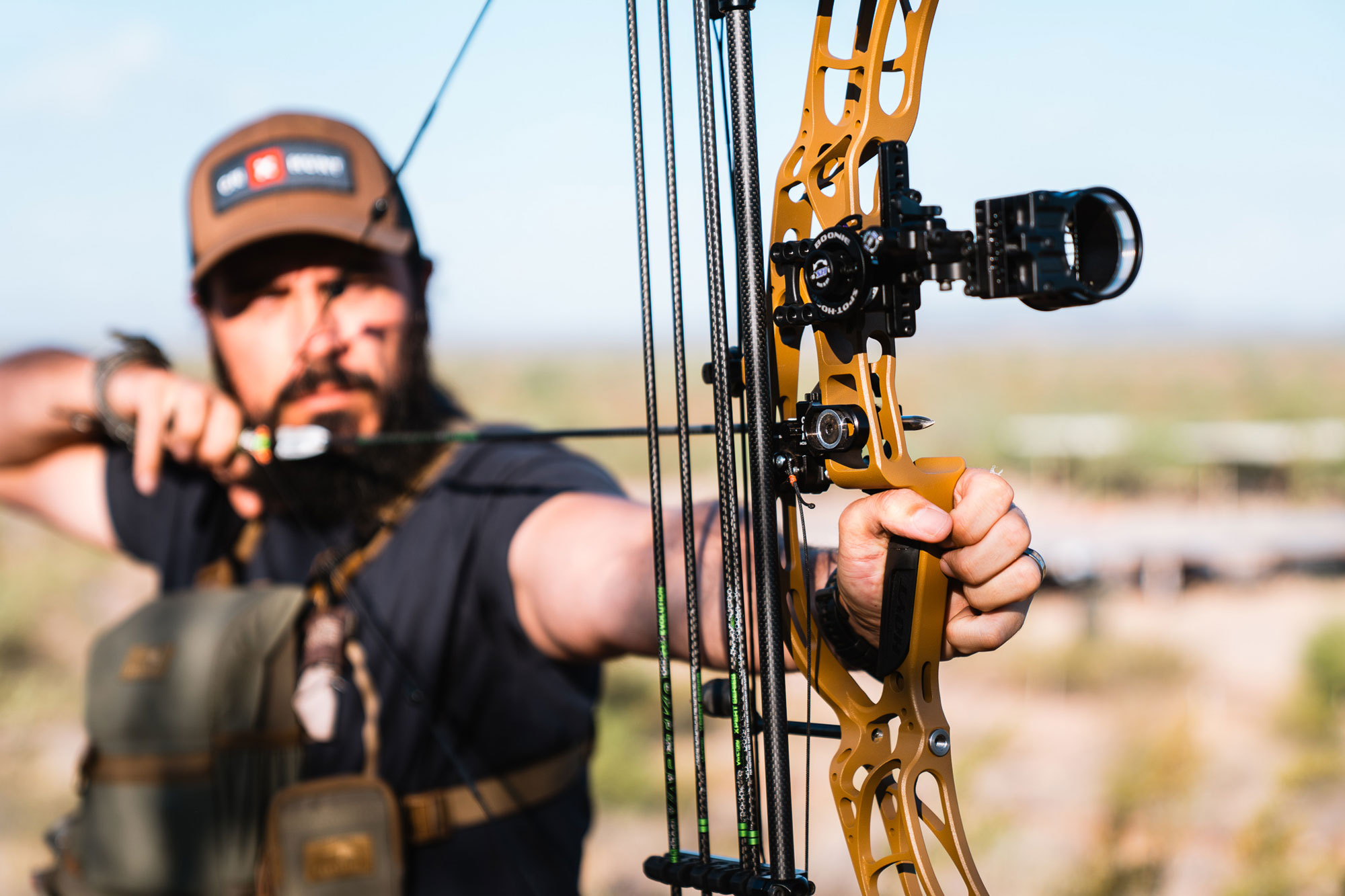“Get those reps in. Gotta get those reps. It’s all about the reps.” We’ve all heard it like a broken record before bow season. Well, I’m here to tell you it’s not just about reps on autopilot. When it comes down to getting ready for bow season, it’s about the kind of reps, not just the numbers behind them.
The number of variables that exist within bowhunting is incalculable and impossible to plan for from A to Z. So much is out of our control. Animals are going to do what animals are going to do, and they’ll put themselves where they want to. That doesn’t mean we shouldn’t pay attention to what we can control, though.
I don’t have all the answers for preseason prep, and I don’t think I ever will. This is what I love about bowhunting. There are some practical things I do in practice that I’ve found to be useful during archery season, though. These are things I’ve found through both success and failure in the field.
Practical Tips for Bowhunting
Shoot Through Small Gaps
If I had a dollar for every animal that stood out in the wide open for me to pull my bow back on, I wouldn’t have a lot of dollars. The truth is, animals are going to walk wherever they want, and many times, their whole body is not visible due to brush, limbs, etc.
On that note, I like to pick out gaps and try to squeeze my arrow through. Not only is this a realistic shot I’ll likely encounter in the field, but it also invokes a bit more nerves. If I miss even a little, my arrow might fall victim to a branch, which brings up another valuable lesson here.
This is also a great exercise to familiarize yourself with your arrow trajectory. Sometimes, an animal’s vitals might look covered up by a branch, but your arrow won’t hit it, due to the trajectory.
To contrast that, there are other times where it may look like you have a clear lane, but an overhanging branch ends up eating your arrow. By knowing your trajectory, you’ll be able to better understand if your arrow will actually hit what you’re aiming at, or that pesky branch.
Act the Part
No, I’m not suggesting you stalk your archery target in your yard, although that could prove entertaining for you and your neighbors …
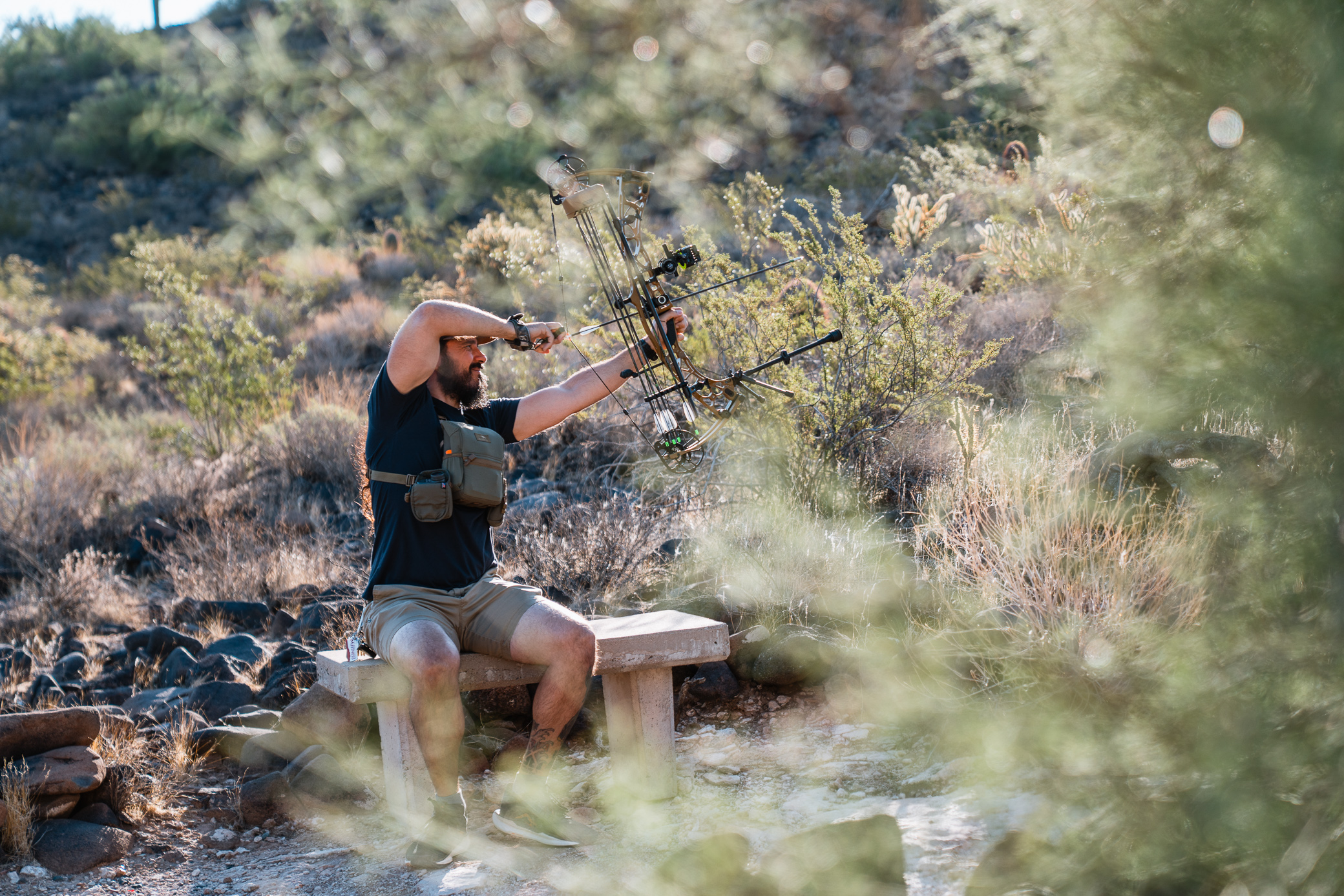

Due to the fact that situations are rarely perfect while bowhunting, I think it’s important to exercise that. Try shooting your bow from a number of different positions — stuff like kneeling, sitting, crouching, etc. You might find that your accuracy decreases, which is valuable intel for the field and something to work on for the future.
Another thing to try is the long hold. Draw your bow back and rest at full draw for 1 minute if you can, and then shoot. This is a common situation in the field, and if you can’t hold your bow back that long, not to mention be accurate after doing so, your opportunity could run right out the window.
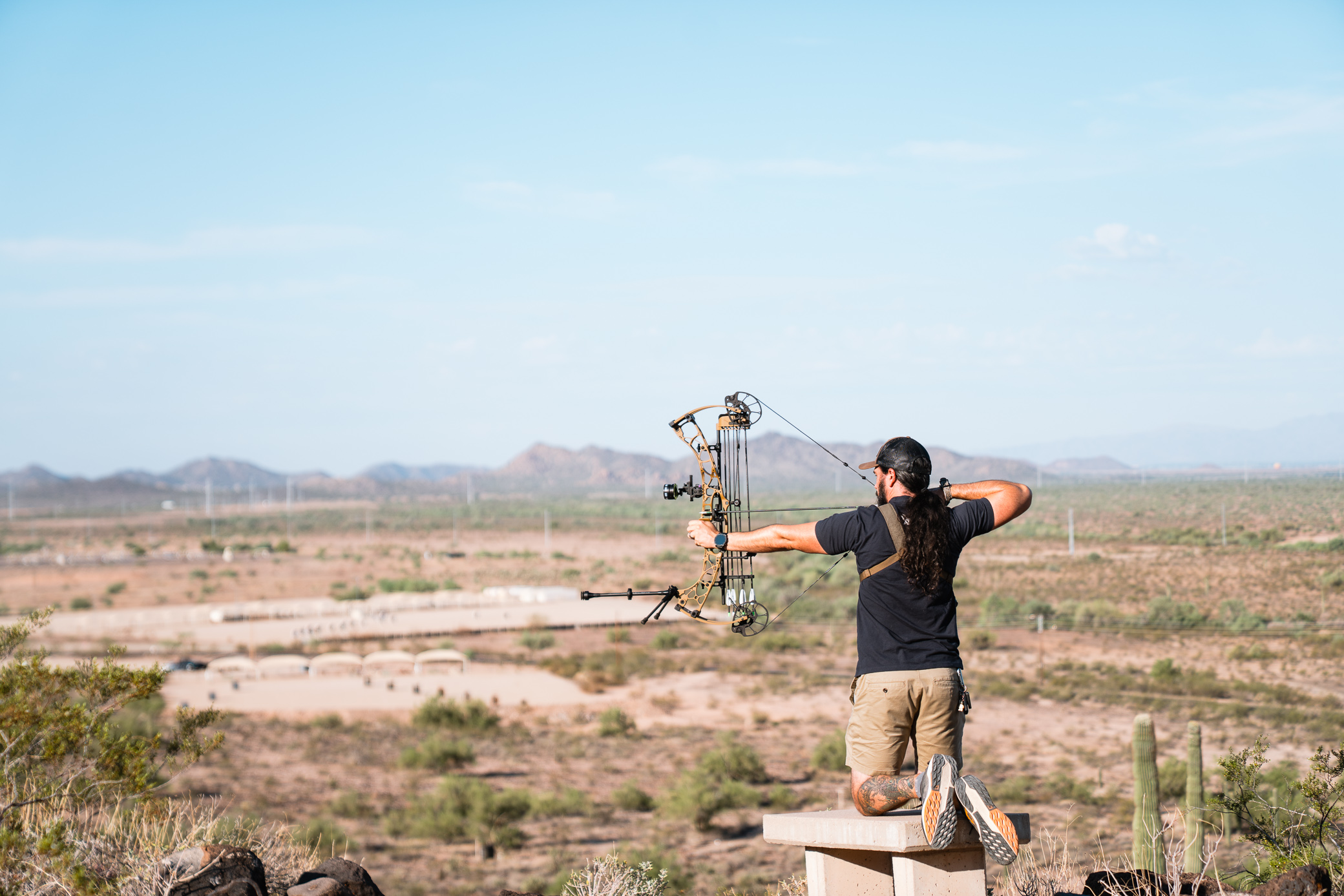

The slow draw is another thing I like to include in my routine. Aside from animals catching your wind, they also catch movement, particularly vertical and lateral. If drawing your bow back involves a big, overexaggerated movement, you’re increasing the chances of being seen.
With your bow pointing at your target, try pulling your string straight back as slowly as you can. If done correctly, you are keeping all of your movement in line with the target. This is much harder to see as opposed to the large vertical movement that some shooters make when drawing back.
Bonus Tip
Consider practicing with your gear on as well. Wear your bino harness, backpack, etc. This will help point out any potential issues while doing so, but also just give you the feel you’ll experience in the field. You don’t know what you don’t know.
The Broadhead Cold Shot
The mind is a powerful tool, and there is just something different mentally about being at full draw with a broadhead on the end of your arrow. Shooting broadheads can bring to light any potential tuning issues that you need to know about before the season. While that’s all fun and dandy, we only get one shot in the field.
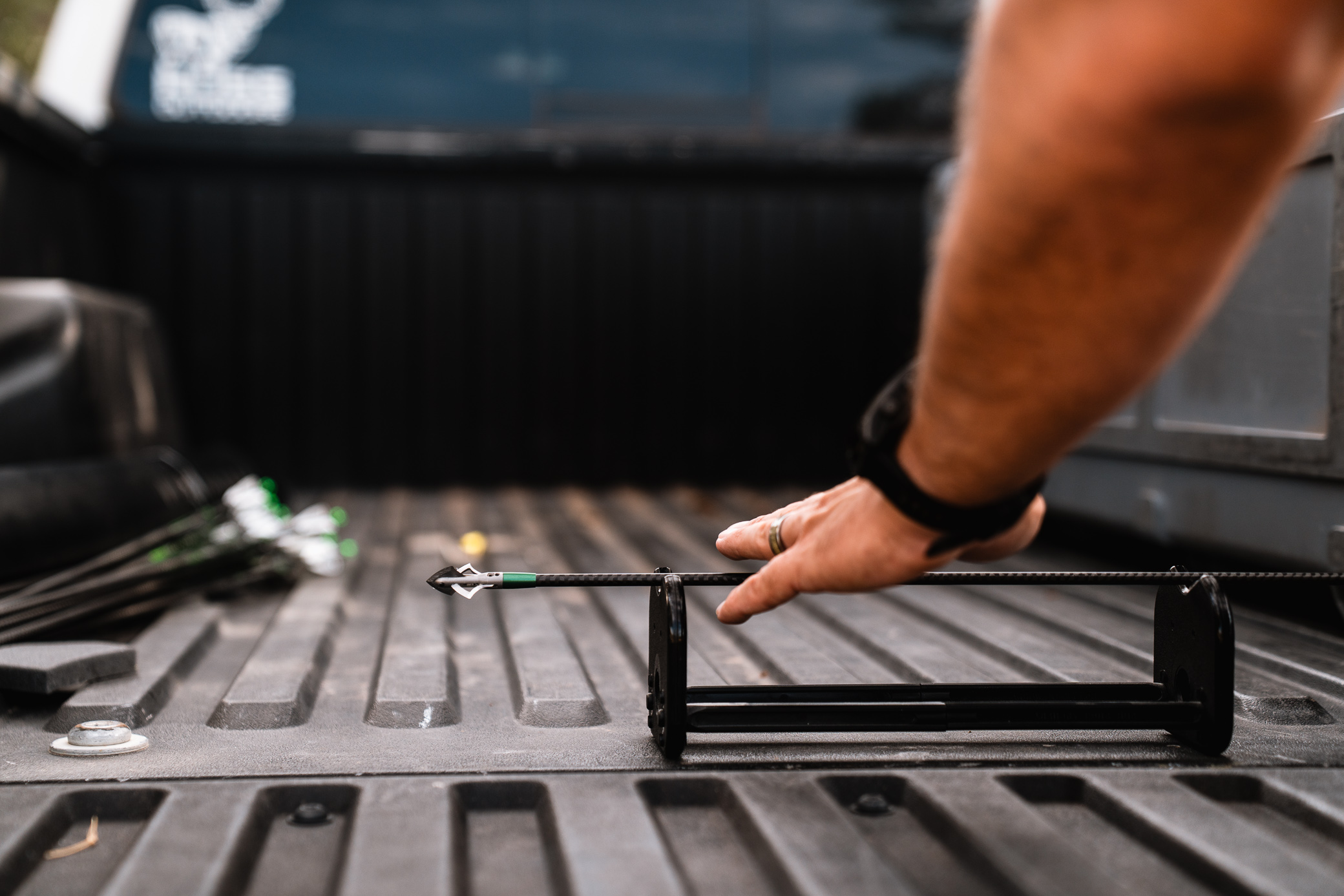

In order to bend your mind to your will, try a cold shot with your broadhead each day. This is a one-shot deal, because that’s all you’ll likely get in the mountains. Head out and shoot one arrow tipped with a broadhead and see what happens. Knowing you’ve only got one shot and the fact that you’re using a broadhead ups the ante a bit and makes things feel a bit more real.
To up the ante further, do this on a 3D target. Shooting at 3D targets is a fantastic practice ahead of the season alone. They are much easier to miss than that good ol’ block-like target in your yard. Throwing a cold-shot broadhead in the mix is about as close as you’re going to get to the real thing, minus the environment and a live animal.
Say ‘Yes’ to Bad Weather
I’m not saying to go shoot your bow in a hurricane or anything. But rain? Yes. Wind? Yes. Rain and wind? Yes again. You need to know what rain and wind do to your POI. And then you need to know how to deal with those things to make a great shot. These just might be the conditions you’ll be bowhunting in.
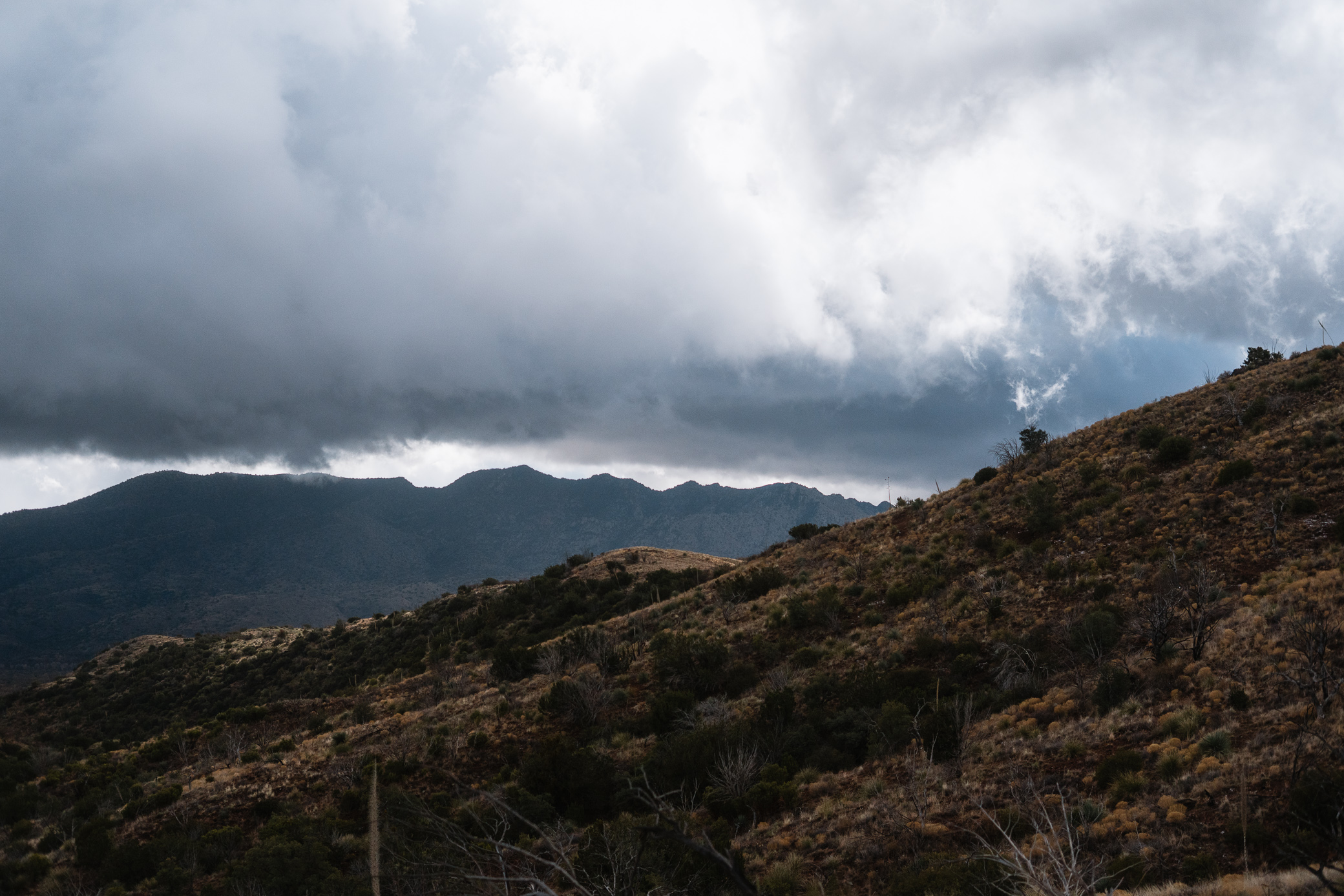

When it comes to rain, your arrow is going to hit low. A sprinkle won’t do too much, but a drizzle will. This is due to two reasons: The rain falling down and hitting your arrow, and also the added weight of the water on your arrow.
A friend of mine uses the formula of adding 1 yard for every 10 yards he’s shooting. I’ve found this to work well. Try that out. Your results might differ.
Wind is incredibly frustrating to shoot in, but it’s all the more reason to practice. A few things you can do to improve your shooting in the wind are adding more weight to your bow, taking off your quiver, and pushing a bit more into the target with your bow arm at full draw to steady your aim.
You could also consider a slightly heavier arrow to help buck the wind, but that introduces a whole different bag of potential issues with trajectory and consistent accuracy.
Bowhunting Goals Don’t Achieve Themselves


The only way I’ve ever found to succeed at anything in life is to be proactive. I routinely ask myself, “What do I need to do in order to be better than I was?” Everything I’ve mentioned here is from personal experience and witnessing holes in my system/ability or those in my circle.
So, aside from you trying out what I’ve laid out, keep your eyes out for holes in your own system and don’t sit on them. Be proactive to be better at your craft. Goals don’t achieve themselves. Oh, and remember … get those reps in.
Read the full article here




